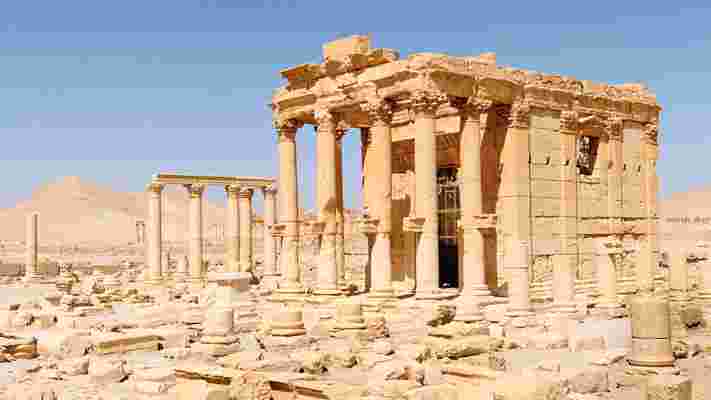November 06,2022
The Institute for Digital Archaeology to Distribute 3-D Cameras in Conflict Zones Around the World
by David Stewart
When news broke in late August that ISIS, the Islamic State of Iraq and Syria, had demolished the Temple of Baalshamin in Palmyra, Syria, it was the realization of architecture lovers’ worst fears. Since ISIS seized the archaeological complex—a UNESCO World Heritage Site—in May, the fate of the breathtaking structure (pictured here) had hung precariously in the balance, with the extremist group escalating threats to destroy it and other treasures. Built some 2,000 years ago and distinguished by its mix of Greco-Roman and regional styles, the temple had long stood as one of the best-preserved ruins in the ancient city, the edifice’s acanthus-crowned columns and pilasters remarkably intact. All that, tragically, has been reduced to rubble. Satellite images confirmed the building’s demolition, only to be followed by reports that the larger Roman-era Temple of Bel and three ancient funeral towers nearby had met similar fates. If there is any consolation to be found, it’s that the international community has taken these immeasurable cultural losses as a call to action. The Institute for Digital Archaeology (a joint venture between Harvard and Oxford universities) has teamed with UNESCO and New York University to launch the Million Image Database Program, an initiative to distribute 3-D cameras in conflict zones around the world, enabling locals to document important structures and artifacts for study and, potentially, replication. The hope is to deploy 5,000 devices by the end of this year and to gather one million images by the end of 2016. Time, it need not be said, is of the essence. digitalarchaeologrg.uk







